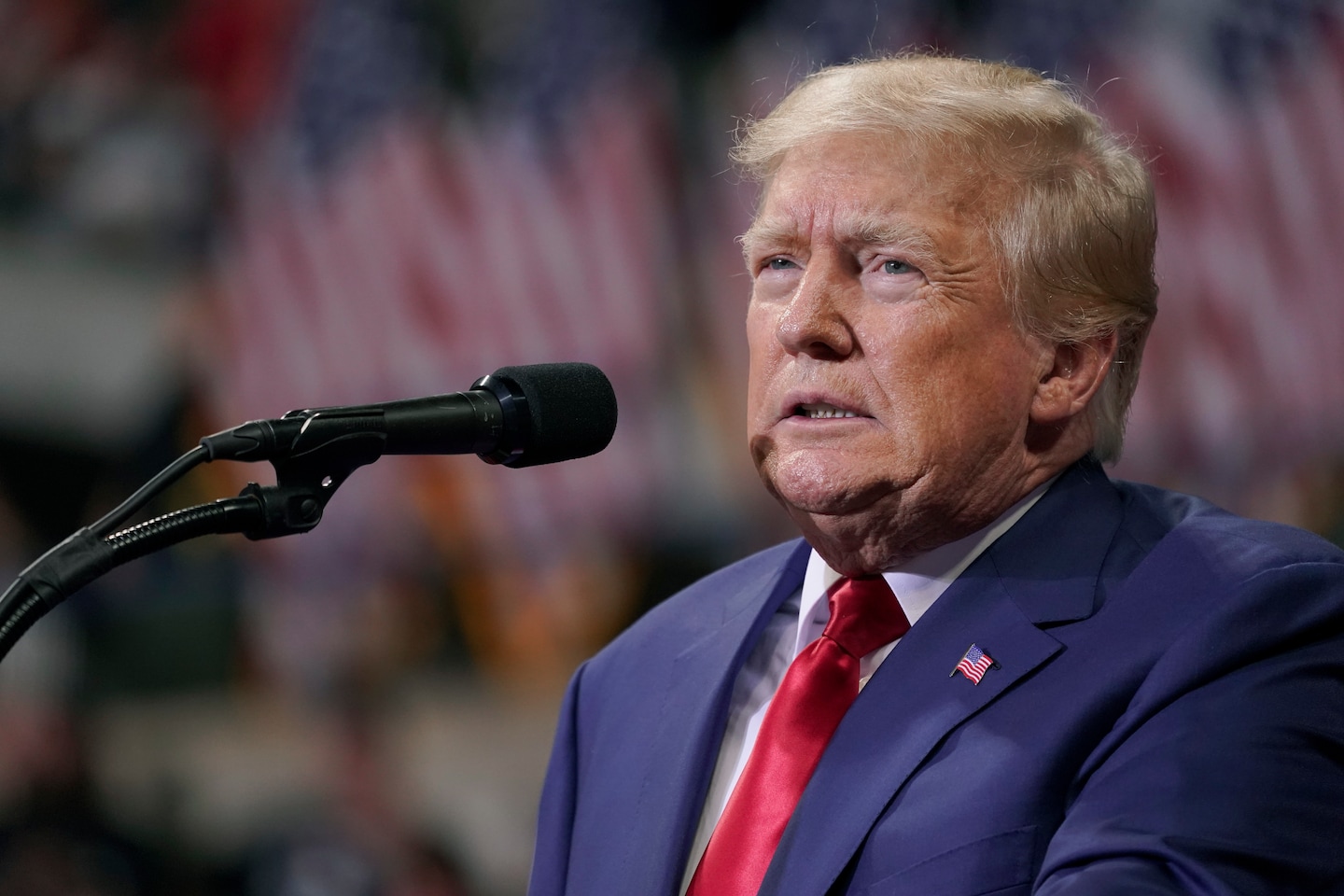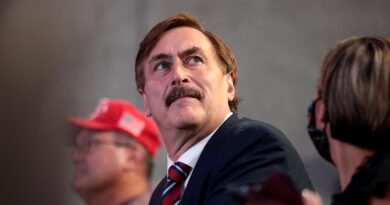Analysis | William Barr escaped Donald Trump’s reality distortion field. But why?

When it came time to replace Sessions, then, one might have expected Trump to land on a candidate who would rise to his defense. And, happily for him, one such candidate was already obvious. William P. Barr, a former attorney general, had sent a lengthy memo to the Justice Department arguing against the idea that Trump should face obstruction charges related to the Russia probe. Who better, then, to take over leadership of that department!
So, in February 2019, Barr once again became attorney general. By the end of March, the Russia probe was wrapped up, with Barr going out of his way to contextualize its findings in a manner favorable to Trump. Over the next 20 months, Barr would prove himself to be deeply loyal to Trump, from amplifying Trump’s false claims about the threat of election fraud to launching an investigation into the Russia investigation, aimed at demonstrating that the probe itself was flawed or meritless.
Barr was nestled deep inside Trumpworld, close to the president himself. He helped bolster Trump’s “reality distortion field,” a term once used by Apple employees to describe CEO Steve Jobs’s ability to reshape how others viewed the world around them.
And then, he stopped.
In recent months, Barr has become one of the most outspoken critics of Trump’s behavior, particularly in regards to his efforts to undercut the results of the 2020 election and, more recently, Trump’s failure to turn over government documents after leaving office.
Barr offered testimony to investigators from the House select committee probing the Jan. 6 riot at the Capitol, during which he assailed Trump as having “never an indication of interest in what the actual facts were” during discussions about alleged voter fraud. He audibly scoffed at the film “2000 Mules,” which Trump and his allies have insisted shows evidence of rampant illegal activity. (It does not.)
And that was before the FBI search of Mar-a-Lago last month, an act that Barr has defended in broad strokes as he criticizes Trump on the specifics of his apparent efforts to retain documents. (The Washington Post’s Aaron Blake walked through Barr’s rebuttals.)
“People say this was unprecedented,” Barr said in an interview on Fox News last week. “Well, it’s also unprecedented for a president to take all this classified information and put them in a country club.”
This, of course, is the pivot that so many in Trump’s sphere of influence refuse to make. Perhaps Trump has been the focus of a battery of investigations because of decisions that Trump himself has made. Perhaps the Russia probe was driven not by animus toward Trump but by his embracing dubious figures with ties to Russia even as Russia was trying to influence the election. Perhaps the first impeachment was less a function of anger about Trump’s presidency than his effort to leverage governmental power to aid his reelection campaign. Maybe, Barr points out, it’s not just that the Justice Department wants to get Trump in trouble — perhaps they are forced to wrangle government documents (including a number of ones with classification markings) away from a former president who took the unusual step of hoarding it in boxes at his house.
The question, then, becomes why. Why was Barr able to go from telling CNN’s Wolf Blitzer before the election that “logic” would indicate that rampant fraud was something to worry about to accurately writing in his memoir, released in March, that “the opportunity for fraud isn’t evidence of fraud”?
That same memoir offers one likely reason. Even after Barr cleared the Justice Department to chase down fraud allegations in the wake of the election, Trump still tried to make Barr’s team the scapegoat for failing to demonstrate any evidence of rampant fraud. Again, the reason was simple: There was no rampant fraud, even after the Justice Department went hunting. But, suddenly, Barr found the distortion field deployed against him.
In the book, Barr describes the conversation he had with Trump following his admission to the Associated Press in December 2020 that no evidence of fraud existed.
“I don’t hate you,” I said. “You know I sacrificed a lot personally to come in to help you when I thought you were being wronged.” The President nodded, almost involuntarily conceding the point. “But over the weekend, you started blaming the department for the inability of your legal team to come up with evidence of fraud. The department is not an extension of your legal team. Our mission is to investigate and prosecute actual fraud. The fact is, we have looked at the major claims your people are making, and they are b——-.”
That’s revealing. Barr reminds Trump that he was a loyal foot soldier — and explains the shift (“but…”) once Trump turned against the department Barr led. The timing works out. Barr spoke to the AP on Dec. 1, 2020. On Nov. 29, Trump said on Fox News that “maybe [the FBI and Justice Department] are involved” in fraud.
In the same conversation between Trump and the attorney general (the one in which the president reportedly chucked a plate at the wall), Barr apologized that the investigation into the Russia investigation had not borne fruit. He told Trump that he figured it would be completed during “the first part of the Biden administration.” This descriptor was not appreciated by Trump as the president was still fighting to retain power. (That investigation has, in fact, largely petered out by now without significantly undermining the idea that the original Russia probe was well-founded.)
While this post-election tension is clearly the central moment at which Barr began to break with Trump, it remains unclear how personally enveloped the attorney general was by Trump’s distortion effect. He thought Trump was treated unfairly in the Russia probe and shared Trump’s antagonism toward the political left. But did he actually believe, while leading the Justice Department, that Trump deserved no significant part of the negative reaction he engendered?
Barr was sufficiently loyal to Trump in 2020 that he stepped out of the White House to determine whether Lafayette Square would be cleared by the time Trump planned to walk across it for a photo op on June 1 of that year. Barr leveraged his authority and the authority of his position to Trump’s assistance from the time of his appointment until weeks after Trump lost his reelection bid.
Then Trump kicked Barr out of the inner circle. Barr’s consideration of Trump is now more frequently unobscured by the distortion field that he’d for years helped reinforce.


